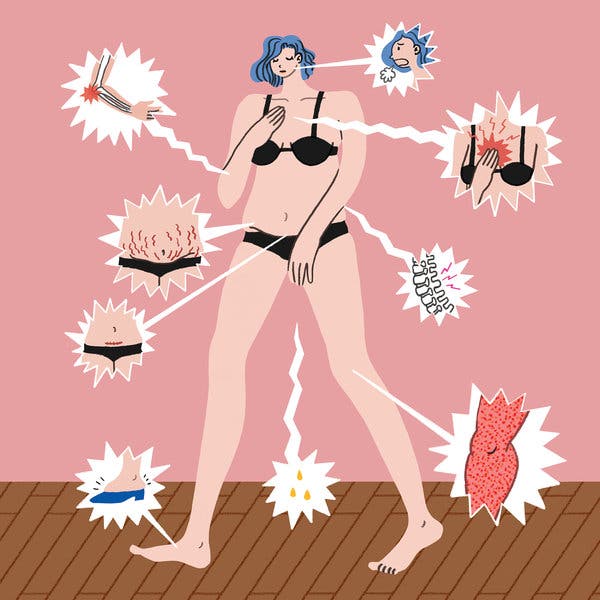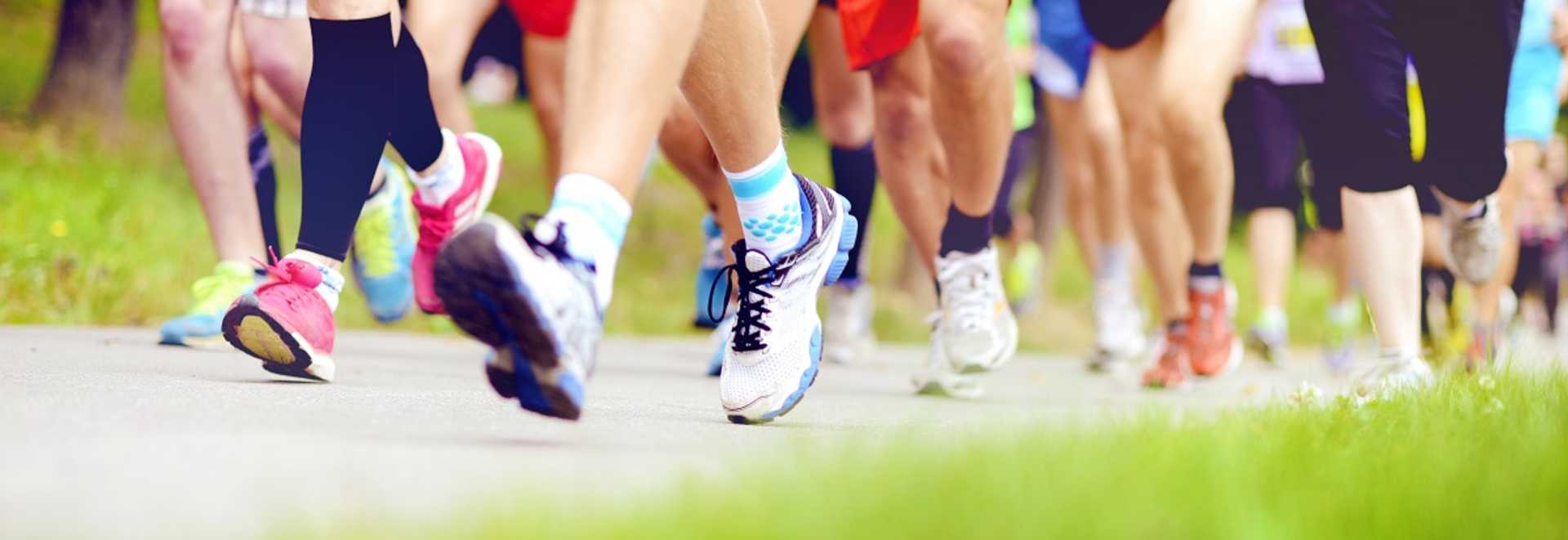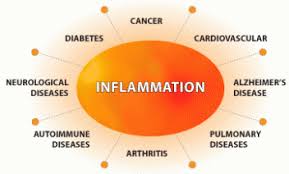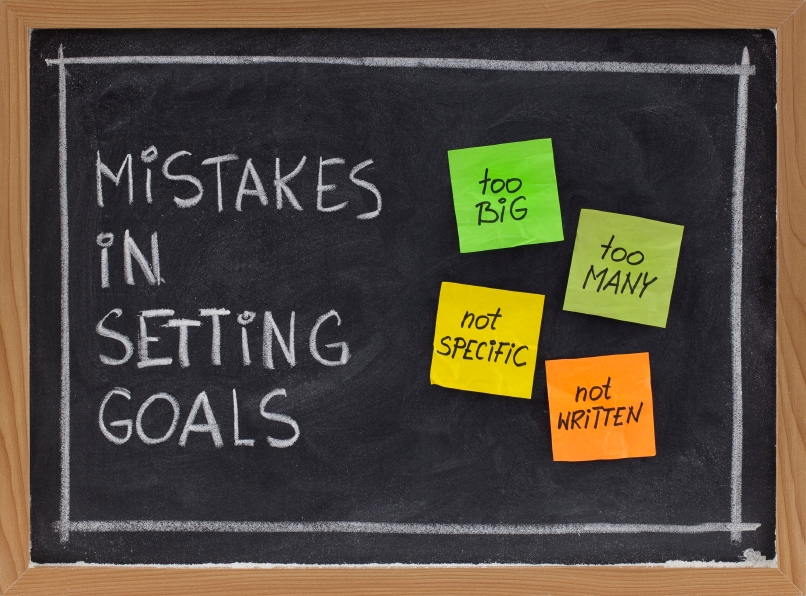Now that you have had your baby, what should you expect regarding healing and return of function? What have you heard from friends, family members, other women about what they deal with now on a regular basis? Have you heard things like, “oh you will have a Mommy tummy forever”, or “you will never be able to do jumping jacks again without leaking urine” or “I’ve had to give up on some of my favorite activities because I have pain”? Although urinary incontinence, issues with muscle tone or increased back or hip pain are common complaints, it doesn’t make them normal. These issues should not be worn like a badge of honor now that you are in the “mommy club”. There are ways for you to take the right steps to restore normal function to your pelvic floor and core muscles so that you can be the healthiest and strongest version of you that you want!
The first step in recovery is learning what you need to watch out for and to set realistic expectations for yourself. Here is a list of things you should keep in mind now after delivering baby.
MIND-BODY CONNECTION: Your brain and your muscles need to reconnect to establish your new postpartum baseline. We want to create a strong connection between mind-body because this allows you to return to the activities you love while avoiding injury.
AB WORK: Crunches, planks and intensive ‘ab work’ may be unsafe and may make your tummy look worse, not better! There is a correct way to strengthen your ab and core muscles that will help you avoid making the problem worse
DIASTASIS RECTI: The reason for the “pooch” or “doming” of the abdominals may be due to something called diastasis recti. This is a separation of the outermost ab muscle. You will learn how to self-check and how to help reduce it safely
BLADDER WOES: Urinary frequency, urgency and incontinence is common after pregnancy, but it is not normal! These issues are all very treatable and can be managed and controlled with proper exercise and treatment and behavioral changes
SURGERY: no one wants to have surgery, but it can help repair an organ prolapse, a diastasis recti or umbilical hernia. But doesn’t it make more sense to avoid it? There are exercises and other techniques that if implemented early on can help reduce the need for surgery in the future
POSTURE: Now that you aren’t carrying baby around inside your uterus, your center of gravity has shifted, and your core muscles are having a hard time supporting you. It’s important to avoid poor posture while breastfeeding or holding baby and using good body mechanics while lifting a car seat or reaching into the crib can help you protect your body from injury.
PAINFUL SEX: Your pelvis just experienced some trauma with pregnancy and childbirth. When your pelvic floor nerves and muscles are not functioning appropriately this can lead to painful intercourse. Understanding the normal healing process and knowing when it is not normal can help you restore an enjoyable sex life
You’ve heard it, I’m sure… that any of these issues mentioned above are normal, right? Too many times we ask the questions and hear “you had a baby, that’s normal”. It might be common, but it’s NOT NORMAL. You deserve to feel connected to your body again and to enjoy your motherhood journey without dysfunction!
Looking for more guidance? There’s so much content out there on pregnancy care and even more for infants, but what about you? What should you expect for your postnatal health? When should you reintroduce certain activities? What are those “no one told me” scenarios that can be avoided?
Boost your confidence and ability to handle whatever comes during delivery and after bringing Baby home with my new e-course, Self-Care Survival Guide for Expecting Mommies. Launch date: May 2020
Sign up to receive updates and launch promotions: CLICK HERE










